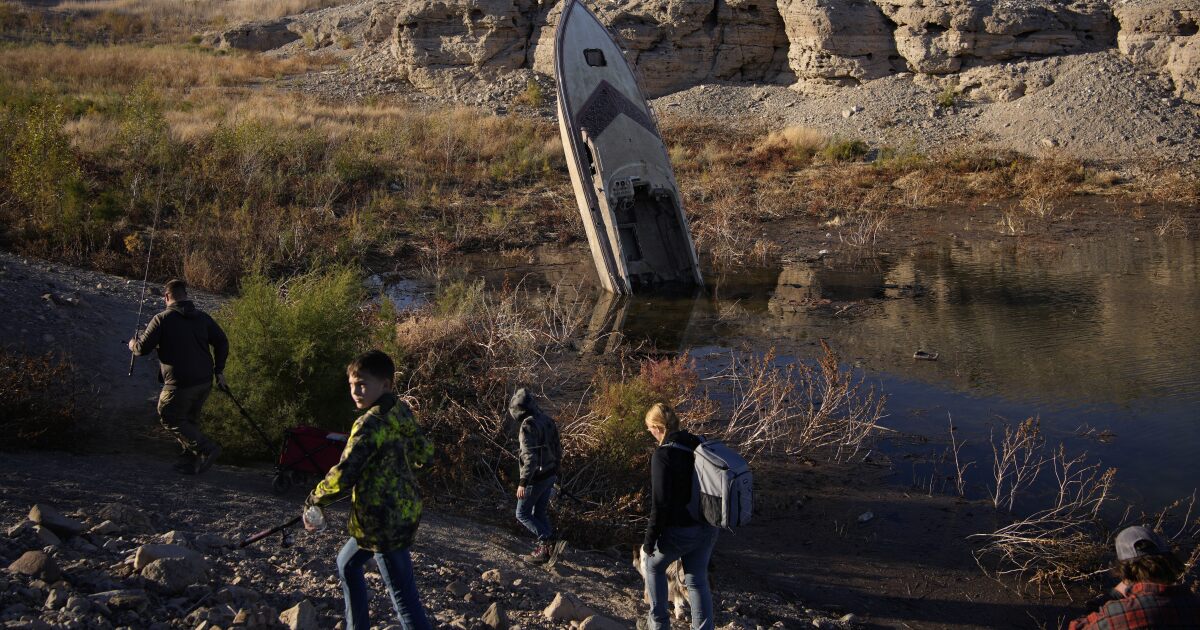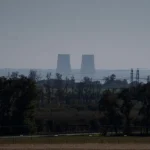

The Interior Department floated new emergency changes to rules governing how water from the Colorado River is allocated that would enable the department to oversee reduced releases to states that rely on the river.
Interior and the Bureau of Reclamation published an environmental review of the possible changes on Tuesday in response to historic drought conditions threatening the ability of the river and its reservoirs to provide sufficient water and hydroelectric power to the region.
EPA CLEARS CALIFORNIA PLANS TO PHASE OUT DIESEL TRUCKS
The draft environmental impact statement reviews measures that would amend federal guidelines covering the operation of Glen Canyon and Hoover dams in particular and water allocations to Arizona, Nevada, and California.
One alternative to the status quo would allow for a reduction based predominately on the priority of water rights, which would advantage California and see Arizona and Nevada get the most substantial reductions.
The second alternative would more evenly distribute the reductions among the three states.
The Colorado River supplies water and hydroelectric generation for some 40 million people across eight states, but resources have become increasingly strained.
The 23-year period from 2000 through 2022 is the driest period in more than a century for the region and one of the driest periods in the last 1,200 years, according to Interior.
Reclamation’s draft statement said it needs to implement modified operating guidelines due to the potential that continued low runoff conditions in the Colorado River Basin could lead Lake Powell and Lake Mead, which are controlled by the dams, to decline to critically low elevations.
“Recognizing the severity of the worsening drought, the Biden-Harris administration is bringing every tool and every resource to bear through the President’s Investing in America agenda to protect the stability and sustainability of the Colorado River System now and into the future,” Deputy Secretary of the Interior Tommy Beaudreau said in a statement.
The review also considered the environmental impact of implementing no changes to allocations, which could result in the reservoirs falling into a “minimum power pool” range at which they would be too low to be used to generate hydropower. That could lead to increased greenhouse gas emissions, the draft statement said.
If releases continue at current rates, the likelihood of the reservoirs falling to minimum power pool rises drastically, the review said, “potentially changing the degree to which electricity demand is met within the region with either non-emissive hydropower, wind, or solar power plants, or emission-producing power plants.”
CLICK HERE TO READ MORE FROM THE WASHINGTON EXAMINER
A series of winter storms that battered California with precipitation has been a source of some short-term relief for the state. Gov. Gavin Newsom recently eased some water restrictions, citing improved water conditions driven by the storms.







